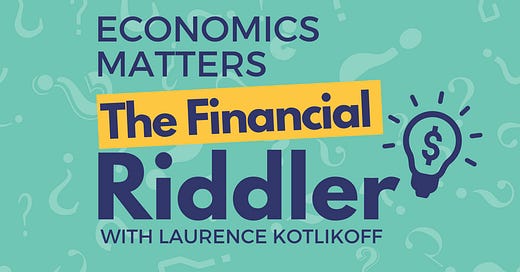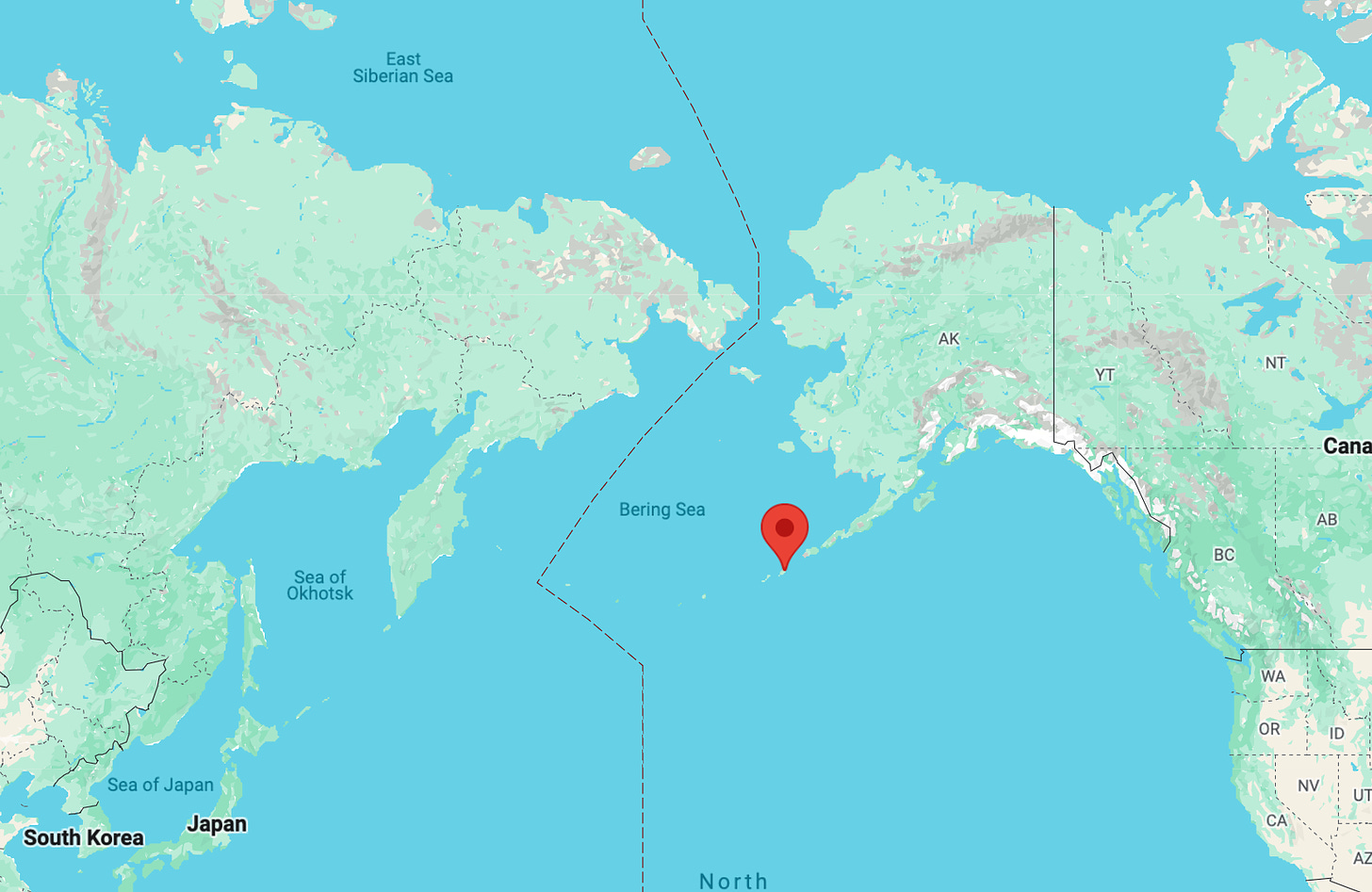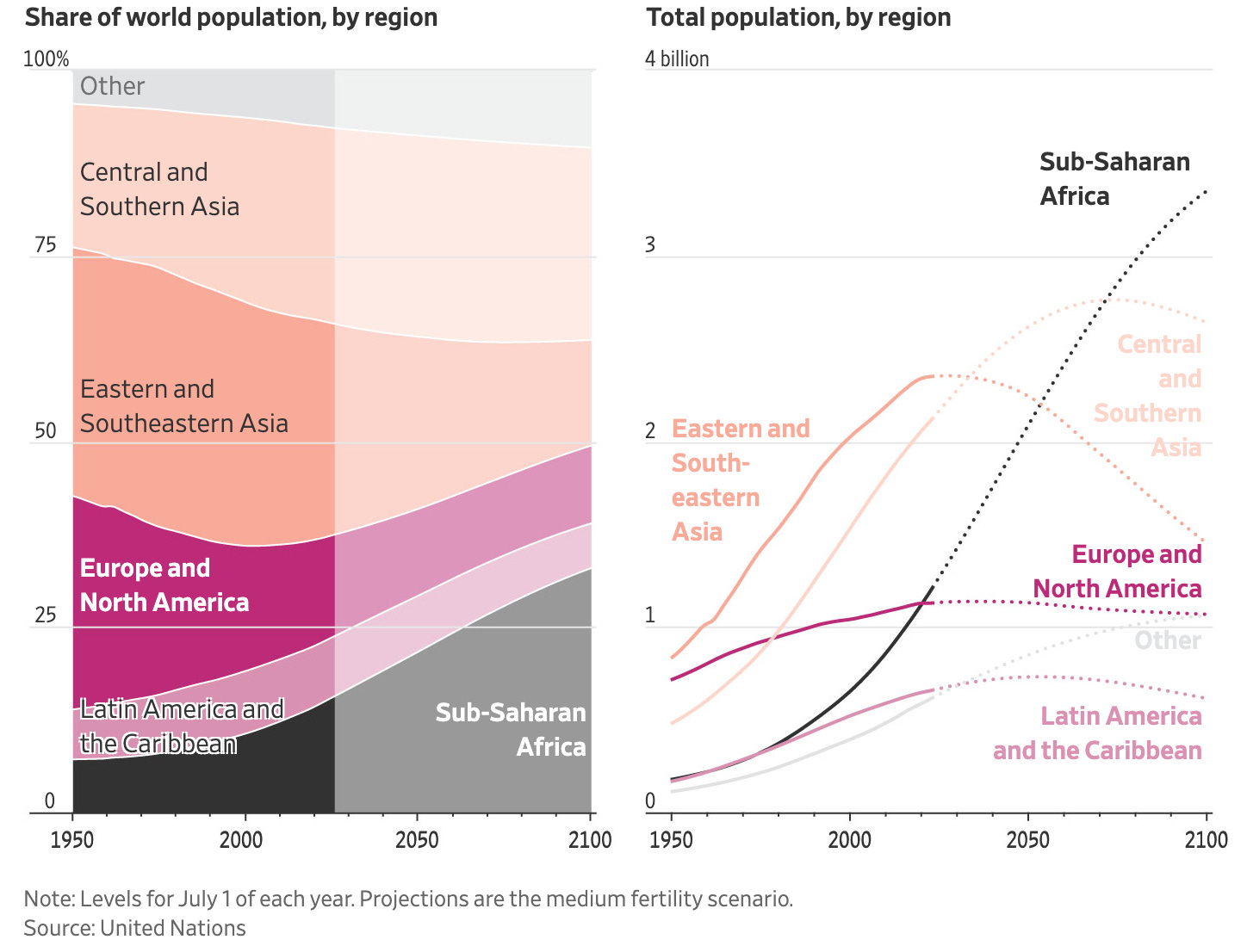For a free lifetime subscription to The Financial Riddler, just email me at kotlikoff@gmail.com. Teaching? Kids? Friends? Relatives? Colleagues? Bridge Partners? Pickleball Buddies? Shoot over your email lists. Everyone can instantly unsubscribe. Email address are kept strictly confidential.
What is the largest seafood port in the U.S.?
a. Miami
b. Los Angeles
c. Boston
d. Baltimore
e. New Bedford
And the answer is …
The answer is New Bedford, MA. New Bedford does $11 billion in seafood business annually. Some 500 fishing boats deliver roughly 125 million pounds of fresh fish to New Bedford’s ports each year. According to some sources, Dutch Harbor, located on Unalaska Island located on the Aleutian Islands of Alaska, is even bigger. Where’s Dutch Harbor? Check out this map.
In what year was slavery abolished in New Jersey?
a. 1720
b. 1764
c. 1776
d. 1804
e. 1833
f. 1866
And the answer is …
The answer is 1866. Slavery in New Jersey ended on January 23,1866 after Lincoln’s Emancipation Proclamation issued on January 1, 1863 and after Lee surrendered at Appomattox on April 9, 1865. The Emancipation Proclamation only freed slaves in the rebel states.
We all have problems of self control. Mine involves root beer floats. But we are our financial fiduciaries. Our future selves are our finance responsibilities, just like our children. The terrific thing is that economics-based planning can make caring for your future self fun, safe, and, often, free! So, please click on this button below to help yourself help yourself. If you are a high school teacher and want a great tool to use in class — for free — click on the button and email me at kotlikoff@gmail.com.
Were Catholics banned in South Carolina?
a. Yes
b. No
And the answer is …
The answer is yes. Catholics were banned by the South Carolina Colonial Assembly between 1716 and 1789, when the Constitution was signed.
What share of U.S. GDP was provided to Ukraine in foreign aid in 2023?
a. 27 percent
b. 11 percent
c. 7 percent
d. 2 percent
e. less than a half percent
f. less than one sixth of one percent of GDP
And the answer is …
The answer is less than one sixth of one percent of GDP. Last year we gave Ukraine $16 billion. That’s trivial compared to last year’s $27 trillion in GDP. As a share of GDP, U.S. foreign aid is miserly compared to that of other developed countries. Total U.S. foreign aid in 2023 was $61 billion — just two tenths of one percent of our GDP. To a first-order approximation, the U.S. provides no foreign aid.
The world population’s is now 8 billion. What will it be at the end of the century?
a. 17 billion
b. 13 billion
c. 10 billion
d. 8 billion
e. 5 billion
And the answer is …
The answer, according to the latest UN projections, is 10 billion. That’s a massive 25 percent increase in just 75 years! After that year, global population will start to fall as global fertility rates, including those in Africa and the Middle East, continue to decline.
The world’s fertility rate is already approaching 2.1 — the rate below which population will decline. But lifespans in many regions continue to grow. Also, past and still very high fertility rates in Africa and parts of Asia mean that those regions will, for decades to come, have vast numbers of people in their child-bearing ages.
Hence, even though each region’s fertility rate is declining, the impact of lower fertility rates is off in the future. Yes, the global world’s population will eventually peak. But not until 2084 when the planet has 25 percent more people to feed and use energy, much, if not most, dirty.
What region will have the largest share of the world’s population in 2100?
a. Southeast Asia
b. China
c. North America
d. South America
e. Sub Saharan Africa
f. India
And the answer is …
The answer is Sub-Saharan Africa. It will house more than a third of the world’s population. Asia, taken as a whole, will contain 45 percent of the world’s inhabitants. That’s actually lower than today’s 59 percent share. Take a look at this astounding chart just produced by the UN. Note that the European and North American share of world population falls from 17 percent in 2024 to 12 percent in 2100.
Who is the world’s largest exporter of LNG — liquified natural gas?
a. Russia
b. Saudia Arabia
c. The Eremites
d. Australia
e. Qatar
f. The United States
And the Answer Is …
The answer, pointed out by Edward Conard, a Fellow of the American Enterprise Institute, is the U.S., followed closely by Australia and Qatar. Europe and Asia have been increasing their imports. Interestingly, Russia’s LNG exports are only one third of that of the U.S. In 2019, 45.5 percent of the EU’s LNG came from Russia. This year’s figure is running at 16.2 percent.






